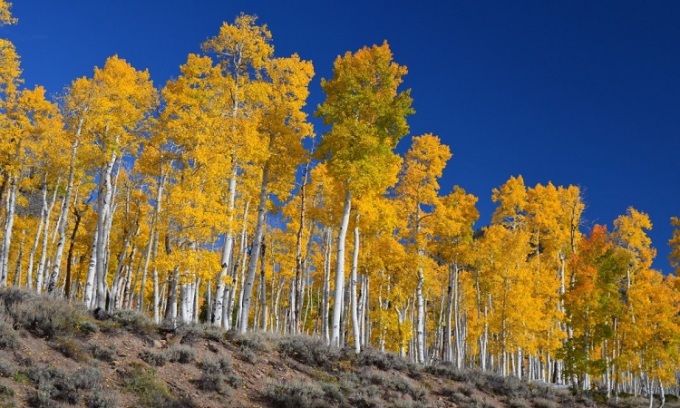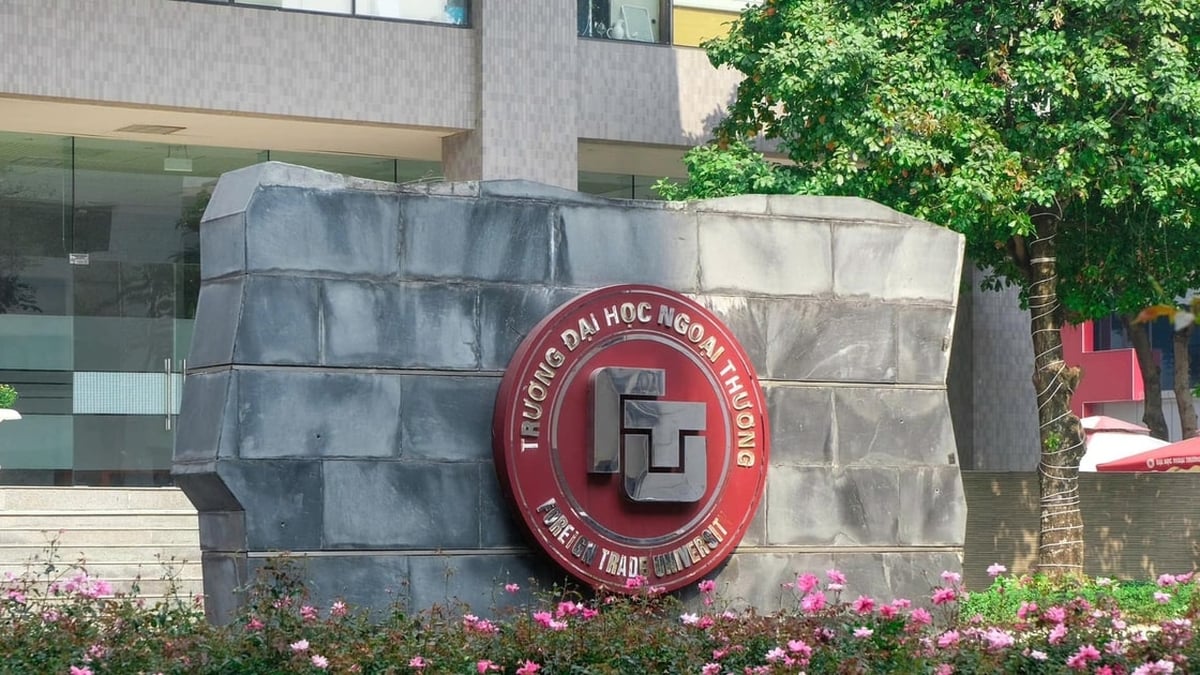US A research team used a transducer to record sounds transmitted through the underground root network of the world's largest quaking aspen tree.

Quaking aspen trees cover 43 hectares in Utah. Photo: CNN
Researchers have recorded the sounds of the world’s largest living organism, Pando, a giant quaking aspen tree that weighs 13 million pounds and covers 100 acres in southern Utah. The researchers say listening to the recordings could help them better understand the tree’s health and any environmental changes that may be affecting it, Live Science reported on May 31.
At first glance, Pando looks like a forest of quaking aspens ( Populus tremuloides ). But it’s actually an organism made up of about 40,000 genetically identical trees, connected by a complex root system. Last summer, Jeff Rice, a Seattle-based audio engineer, visited Pando. Using a transducer (a microphone typically used to record underwater sounds), he began recording the rustling of Pando leaves in the wind, the chirping of birds in the canopy, and the crawling of insects. But then Rice wanted to hear what was happening underground.
Rice teamed up with Lance Oditt, founder and executive director of Friends of Pando, a nonprofit dedicated to Pandoeducation and research. They began recording beneath the forest floor by dropping a transducer into a large hole in one of the tree trunks. The result was a low, guttural vibration similar to a moan.
To test the theory that the sounds they heard were transmitted through Pando's roots, the researchers tapped a branch 30 meters away from the hole. The receiver recorded the sound as a loud thump. "We could hear the thump clearly. This helped prove that Pando is connected to more than just the ground. The root system is like a trellis underground," Oditt said.
Over the past few summers, Oditt and a team of volunteers have meticulously photographed nearly every inch of the aspen using 360-degree cameras. The project serves as a baseline for tracking the tree’s changes over time. The underground recordings provide a new, non-invasive way to better understand what’s happening to the “trembling giant,” including mapping its root system, monitoring water levels, and managing wildlife like keeping deer from eating its leaves.
“We can listen for any changes in water and soil levels happening underneath, as well as use sound to monitor root systems. We can detect disease and send out sound waves to address leaf-eating deer,” Oditt said.
An Khang (According to Live Science )
Source link


































































































Comment (0)